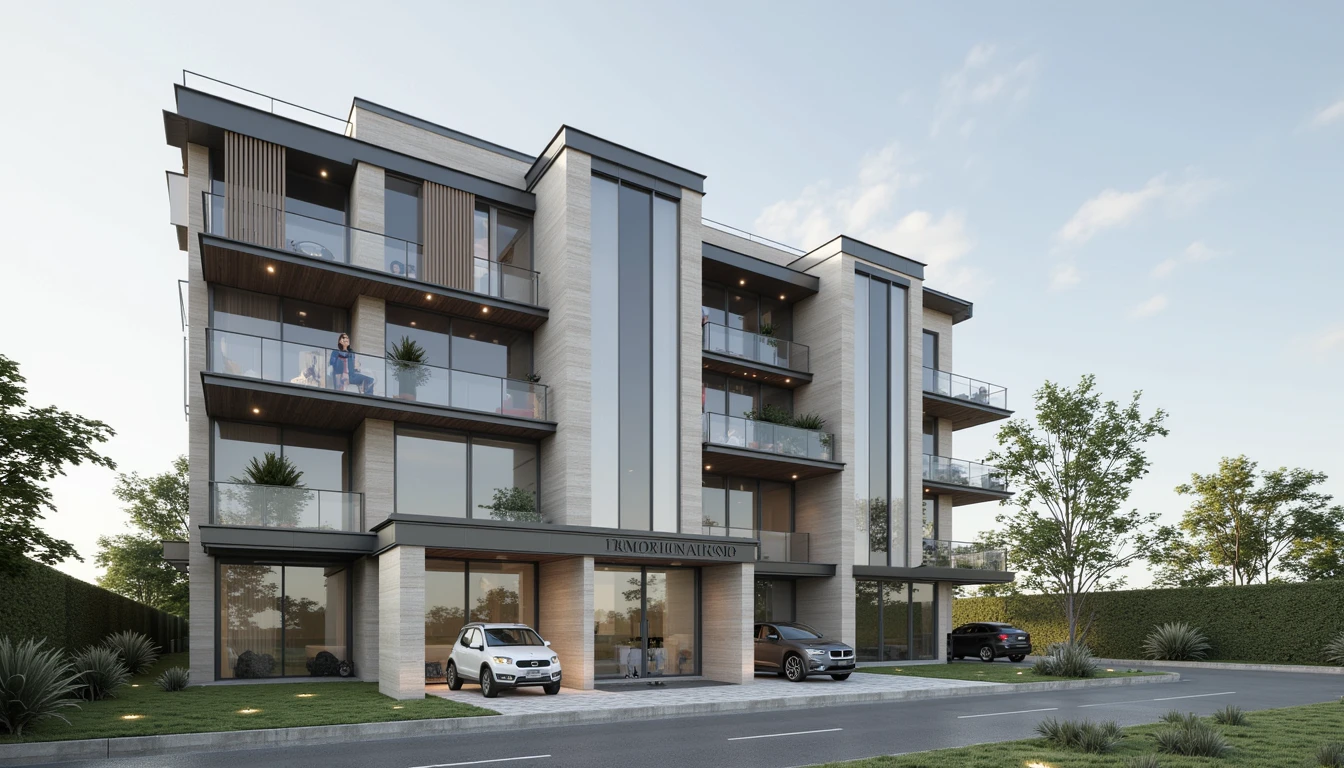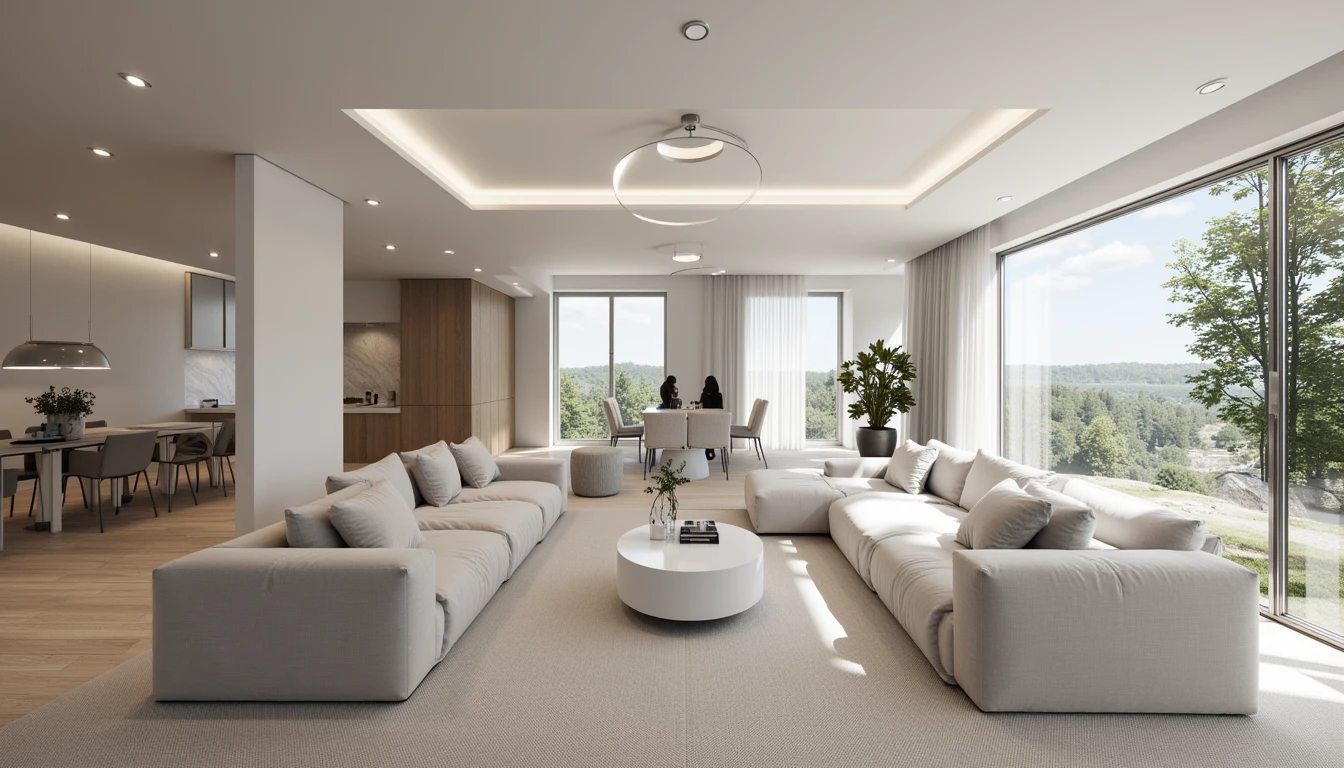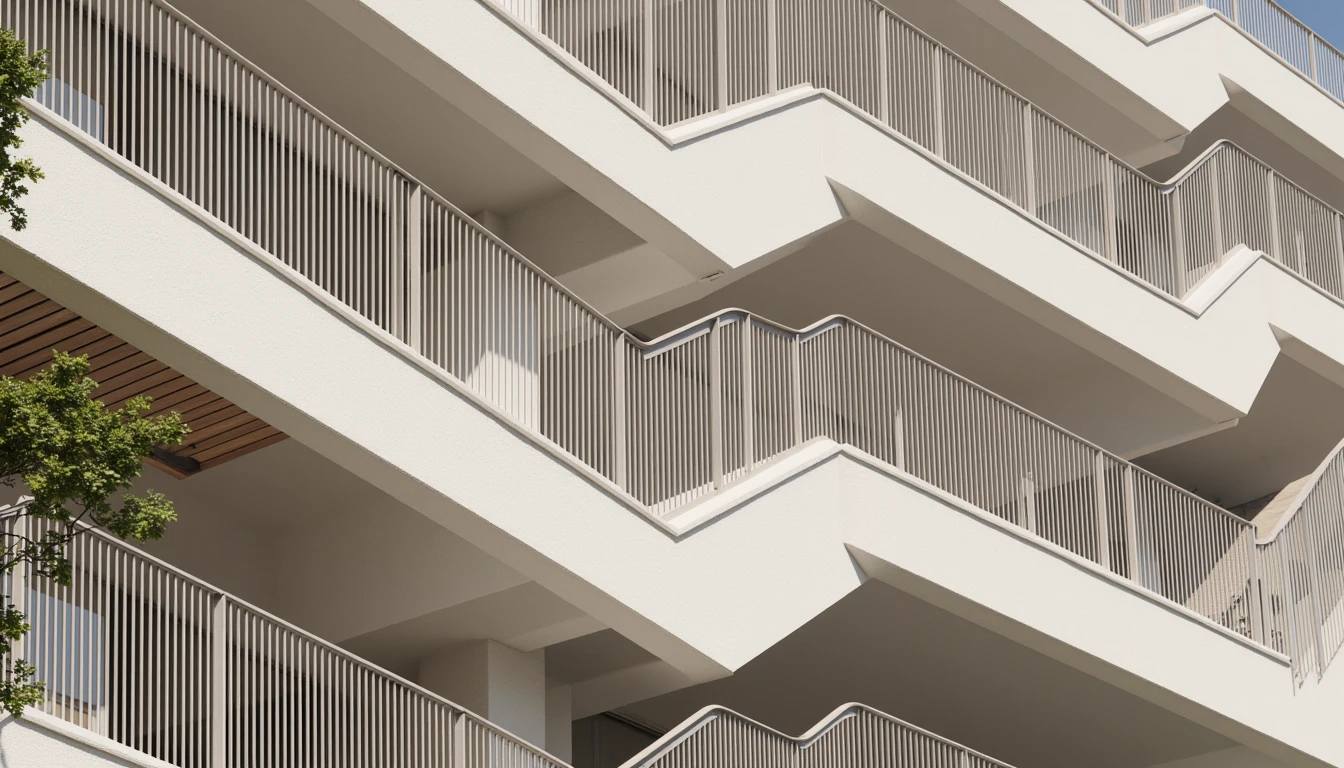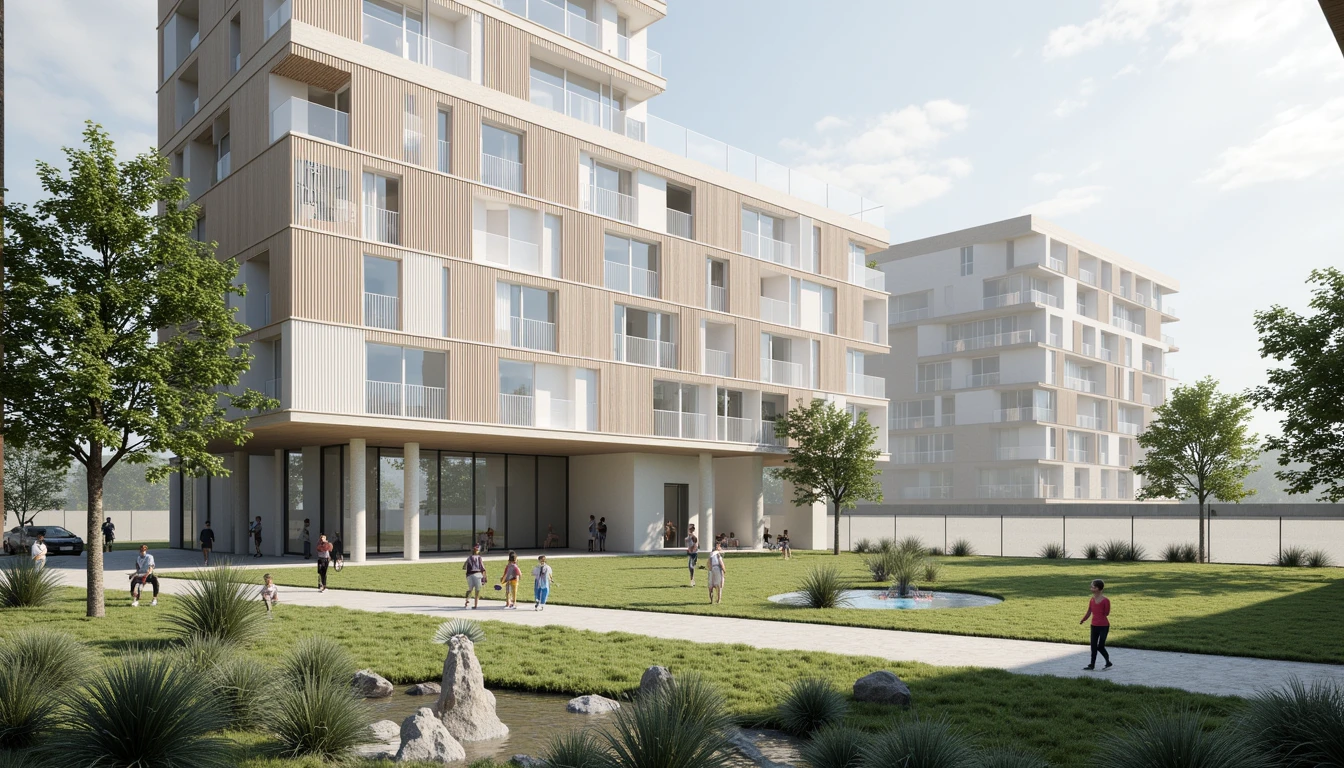Introduction

Real-time architectural visualization is rapidly changing the way buildings are designed, presented, and experienced. No longer a futuristic concept, real-time rendering technologies allow architects and clients to explore fully interactive 3D models with photorealistic quality, enabling immediate feedback and iterative design adjustments. This article delves into the transformative impact of real-time visualization on architectural workflows, highlighting its key benefits, diverse applications, and future potential.
The Power of Immersive Experiences
Enhanced Client Presentations
Traditional static renderings and physical models can fall short in conveying the full potential of a design. Real-time visualization empowers architects to offer immersive walkthroughs, allowing clients to experience the space as if it were already built. This fosters a deeper understanding of the design and strengthens client engagement.
Interactive Design Reviews
Design reviews become more dynamic and collaborative with real-time visualization. Stakeholders can explore the model together, making on-the-fly modifications and evaluating design alternatives in real-time. This accelerates the decision-making process and reduces the likelihood of costly revisions later in the project.
Improved Communication and Collaboration
Real-time visualization breaks down communication barriers between architects, clients, and contractors. The interactive nature of the models facilitates a shared understanding of the project, minimizing misunderstandings and ensuring everyone is on the same page.
Streamlining Design Workflows

Faster Iterations and Design Exploration
Real-time rendering enables architects to quickly iterate on design ideas and visualize the impact of changes instantly. This accelerates the design process and allows for more extensive exploration of design options, leading to more innovative and optimized solutions.
Early Design Validation and Problem Solving
Potential design flaws and spatial conflicts can be identified and addressed early in the design process using real-time visualization. This proactive approach minimizes rework and reduces the risk of costly errors during construction.
Integration with BIM and other Design Tools
Real-time visualization tools seamlessly integrate with Building Information Modeling (BIM) software and other design platforms. This allows for a streamlined workflow where changes made in the BIM model are automatically reflected in the real-time visualization, ensuring data consistency and accuracy.
Applications Beyond Design
Virtual Reality and Augmented Reality Integration
Real-time visualization is a cornerstone of virtual reality (VR) and augmented reality (AR) applications in architecture. VR allows clients and stakeholders to fully immerse themselves in the design, while AR overlays digital information onto the real-world construction site, enhancing communication and coordination.
Construction Planning and Sequencing
Real-time visualizations can be used to simulate construction sequences and optimize logistics, improving efficiency and reducing potential delays. This 4D visualization adds the dimension of time to the 3D model, providing a dynamic view of the construction process.
Facility Management and Operations
Beyond the design and construction phases, real-time visualization plays a role in facility management and operations. Interactive models can be used for training, maintenance planning, and space optimization.
PropTech and the Future of Real-Time Visualization

Cloud-Based Collaboration and Rendering
Cloud-based platforms are enabling collaborative real-time visualization, allowing geographically dispersed teams to work together seamlessly on the same model. This fosters greater flexibility and efficiency in project delivery.
Artificial Intelligence and Machine Learning
AI and machine learning are being integrated into real-time visualization tools to automate tasks, optimize rendering performance, and provide data-driven design insights. This will further enhance the efficiency and intelligence of architectural workflows.
Digital Twins and Smart Buildings
Real-time visualization is a key component of digital twin technology, creating virtual representations of physical buildings that can be used for performance monitoring, energy analysis, and predictive maintenance. This integration is essential for the development of smart buildings and sustainable urban environments.
The Democratization of Visualization Technology
Accessible Software and Hardware
Real-time visualization software and hardware are becoming increasingly affordable and accessible, making the technology available to a wider range of architectural firms and clients. This democratization is driving innovation and accelerating the adoption of real-time visualization across the industry.
Simplified User Interfaces and Workflows
User-friendly interfaces and intuitive workflows are simplifying the use of real-time visualization tools, reducing the learning curve and empowering more architects to leverage the power of this technology.
Conclusion

Real-time architectural visualization is revolutionizing the design process, offering unprecedented levels of interactivity, collaboration, and efficiency. From enhanced client presentations to streamlined workflows and data-driven insights, real-time visualization is transforming the way buildings are designed, built, and experienced. As technology continues to advance, we can expect even more powerful and accessible tools that will further empower architects and shape the future of the built environment.